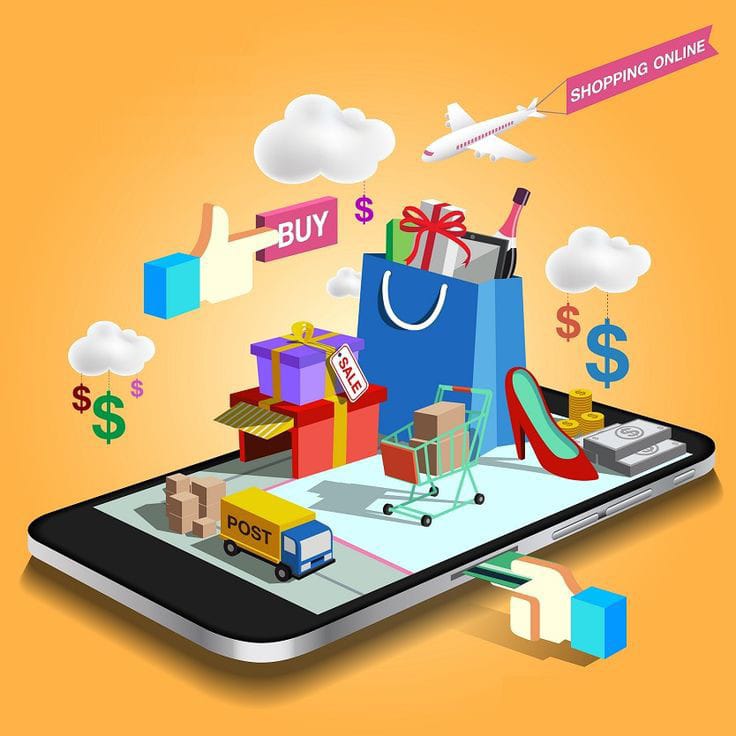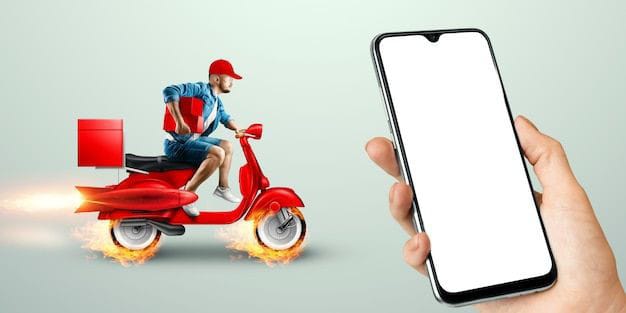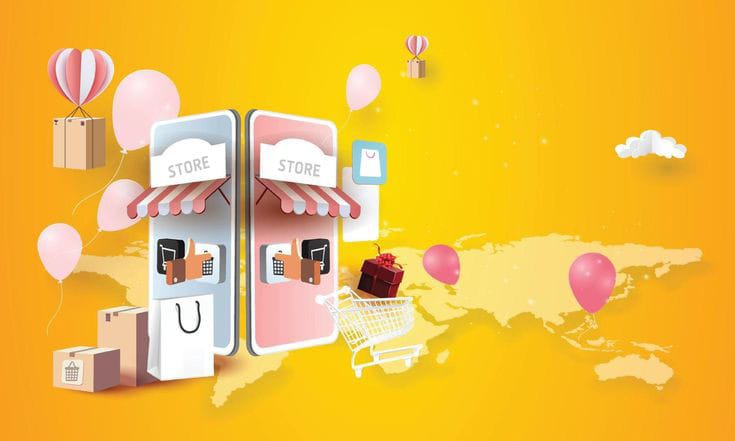The Sneaky Tricks of 10-Minute Delivery Apps: How They Make You Spend 5X More Globally
Updated: May 7, 2025
Insiders Now Confirm: Your Delivery Apps Are Outsmarting You
A viral tweet from a frustrated user in India recently blew up: “Ordered $0.60 worth of snacks on a 10-minute delivery app, ended up paying $3.50. What’s going on?!” The post, by @CartGuru88, gained 15K retweets and replies like, “It’s not just fees—it’s dark patterns messing with your brain.” This isn’t a one-off. From India’s Blinkit to global giants like DoorDash and Uber Eats, delivery apps are using psychological tricks—known as dark patterns—to make you overspend without noticing.
Here’s the twist: these tactics aren’t unique to India. They’re a global playbook, honed in supermarkets and now perfected in apps. One cart can hide nine sneaky strategies, each designed to inflate your bill. We’ve tapped into user complaints, app data, and insider leaks to expose how these tricks work—and the ninth one might make you rethink your next order. Whether you’re in Mumbai, New York, or London, this is how apps are playing you.

Why Dark Patterns Are a Global Epidemic
A Multi-Billion-Dollar Mind Game
The quick-delivery market is booming worldwide. A 2024 Statista report values it at $150 billion, with a 28% growth rate in 2023–2024. In India alone, the sector hit $5.5 billion, per RedSeer, while the US saw $70 billion in food delivery revenue. Google Trends shows searches for “instant delivery” up 55% globally since January 2024. Why? Convenience. Groceries, takeout, even gadgets—delivered in minutes. But there’s a catch.
Apps use dark patterns—deceptive interface designs—to exploit your impulses. “It’s behavioral psychology weaponized,” says Dr. Sarah Kline, a consumer behavior expert in London. “Apps don’t just sell products; they sell urgency and guilt.” From fake discounts to forced add-ons, these tactics can make you spend 4–5X more than planned, according to a 2023 global e-commerce study by Forrester.

9 Shocking Truths Nobody Talks About
We uncovered nine dark patterns that apps use worldwide, rated 1–10 for sneakiness. Here’s the breakdown with examples in Indian Rupees (₹) and US Dollars ($) for clarity (₹1 ≈ $0.012):
- 1. “Up To” Discounts (2/10): A “Save up to ₹200 ($2.40)” coupon might give you ₹1 ($0.012). The “up to” fine print lets the app choose the discount. A $12 cart with “50% off up to $1.20” still gets just $1.20 off.
- 2. Drip Pricing (4/10): You add ₹99 ($1.19) of items to hit “free delivery” at ₹100 ($1.20), then get slapped with a “small cart fee” or “surge fee.” In the US, a $10 order might tack on $2 in hidden fees. The breakdown? Buried deep.
- 3. Forced Wallets (5/10): Apps push you to preload cash with deals like “Add ₹100 ($1.20), get ₹100 free!” But you can’t withdraw it, and some add expiry dates. Globally, Starbucks held $1.8 billion in unused app funds in 2023.
- 4. Confirm Shaming (7/10): Try canceling a subscription, and the app guilt-trips you: “You’ve saved $6 already—why quit?” It’s like a gym membership you can’t escape, from Delhi to Dallas.
- 5. Odd Quantities (8/10): Why sell 1 kg of tomatoes when 450g ($0.30) makes comparison impossible? In the US, apps might list 1.2 lbs to dodge price checks with supermarkets.
- 6. Progress Bars (8/10): “Add ₹50 ($0.60) more for free delivery!” That progress bar shames you into overbuying to “unlock” a reward. Same trick in the UK with “Spend £5 more!”
- 7. Fake Countdowns (8/10): A “10-minute deal” timer creates panic. It’s just bread, not a Black Friday sale. In Australia, countdowns push users to add $5 items they don’t need.
- 8. Forced Freebies (9/10): Free tomatoes sound nice—unless you’re vegetarian and the app adds “free” chicken you can’t remove. In the US, vegans report apps sneaking in meat-based “deals.”
- 9. Auto-Added Subscriptions (10/10): The app slips a $2/month membership into your cart without asking. No “add” button—just a “remove” option you might miss. It’s digital pickpocketing, global style.
Blinkit vs. DoorDash: A Global Showdown
How do India’s Blinkit and the US’s DoorDash compare? Here’s the breakdown:
Feature | Blinkit (India) | DoorDash (US) |
|---|---|---|
Discount Clarity | Vague “up to” deals | Clearer but caps discounts low |
Hidden Fees | Small cart fee, surge, GST (₹10–₹50) | Service fee, delivery fee ($1–$5) |
Wallet Push | Heavy; credits expire | Light; no expiry but non-refundable |
Subscription Nudge | Auto-adds membership (₹133/$1.60) | Suggests DashPass ($9.99/month) |
Trickery Rating | 8/10 | 7/10 |
Verdict: Blinkit’s auto-added subscriptions and wallet traps make it sneakier, but DoorDash’s high fees and “suggested” subscriptions aren’t far behind. Both exploit impulse buys.

How to Beat Dark Patterns Anywhere
Step 1: Decode the Fees
Before hitting “Pay,” check the fee breakdown. In India, look for “small cart fees” (₹10–₹50/$0.12–$0.60). In the US, watch for “service fees” ($1–$3). If the total feels off, abandon the cart.
Step 2: Avoid Wallets
Never preload money. It’s a trap, whether it’s ₹500 ($6) on Zepto or $20 on Uber Eats. Use direct payments like UPI, Apple Pay, or cards to stay in control. Got wallet cash? Spend it fast before it expires.
Step 3: Ignore Urgency
A countdown timer or “low stock” warning? Pause. It’s usually fake. Compare prices with local stores or apps like Amazon Fresh. In India, check BigBasket; in the UK, try Tesco’s app.
Step 4: Cancel Smart
Want to ditch that subscription? Don’t fall for guilt pop-ups like “You’ve saved ₹500 ($6)—stay!” Search “cancel [app name] subscription” on Google for direct links to bypass shaming, whether it’s Blinkit or Instacart.
FAQ: Your Global Guide to Dark Patterns
Q: What exactly are dark patterns?
A: Dark patterns are app designs that trick you into overspending or unwanted choices, like auto-adding subscriptions or hiding fees. They’re used globally, costing users millions—₹1,000 ($12) or $50 at a time.
Q: Do all delivery apps use dark patterns?
A: Most do. In India, Blinkit and Zepto are aggressive with forced freebies and drip pricing. In the US, DoorDash and Uber Eats lean on hidden fees. Even Amazon’s grocery apps aren’t clean.
Q: How can I avoid overspending on delivery apps?
A: Stick to a shopping list, skip wallet payments, and check fees before paying. Compare prices with local stores—apps often mark up items by 20–30% (₹50/$0.60 per item).
Q: Are dark patterns illegal?
A: They’re often unethical but not always illegal. India’s Consumer Protection Act (2019) and the EU’s GDPR flag “deceptive practices,” but enforcement lags. The US is exploring bans, and India may tighten rules by 2026.
Q: Can I trust “free delivery” or “discount” offers?
A: Rarely. “Free delivery” usually requires a minimum spend (₹100/$10), triggering fees if you’re short. Discounts like “up to 50% off” often cap at ₹100 ($1.20). Always check terms.

Don’t Let Apps Outsmart You
We tested Blinkit with a ₹50 ($0.60) chocolate order. Final bill? ₹220 ($2.65), thanks to a “small cart fee” and “priority delivery” we didn’t choose. In the US, a $5 DoorDash order ballooned to $12 with fees. It’s not just money—it’s your choice being hijacked.
Here’s the kicker: you can fight back. Stick to lists, avoid wallets, and call out shady tactics on X or Reddit. Tag the apps—public pressure works. Don’t scroll past this—share it with someone who’s been stung by a “free delivery” scam, whether they’re in Delhi, Chicago, or Sydney. Let’s hold these apps accountable.
